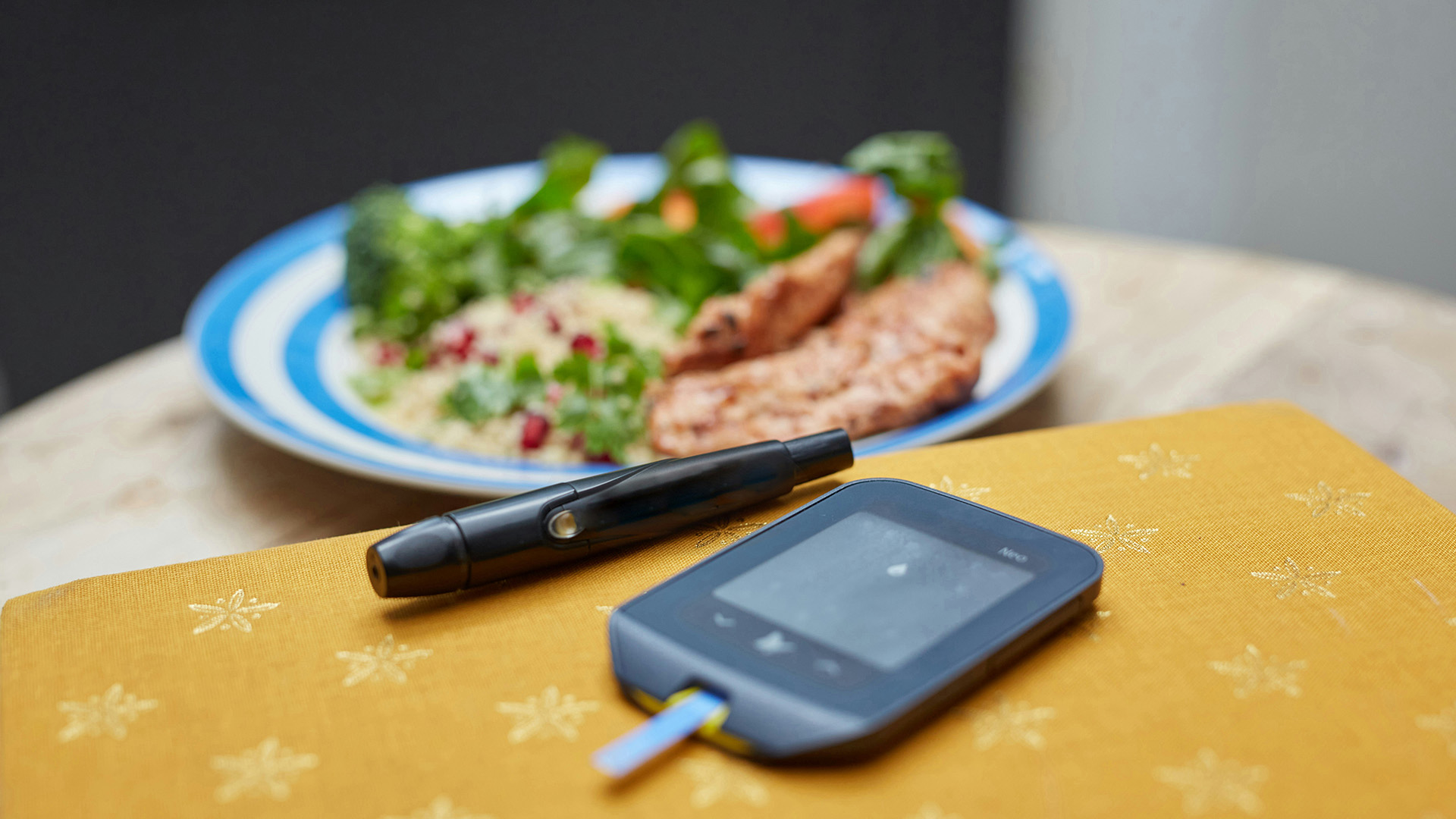November is National Diabetes Month, an opportunity for us to turn our attention to this unfortunately all-to-common disease. As of 2021, 38.4 million Americans—11.6% of the U.S. population—had been diagnosed with diabetes.
Along with supporting vital research for advanced treatments, one of the most valuable things we can do is be well educated on the disease, its symptoms and causes.
What is Diabetes?
Diabetes is a long-term condition that happens when your body either can’t make enough insulin or can’t use it properly. Insulin is a hormone that helps control your blood sugar levels.
Type 1 diabetes, sometimes called insulin-dependent or juvenile diabetes, happens when the body doesn’t make enough insulin. People with Type 1 diabetes need to take insulin every day to manage their blood sugar. Right now, we don’t know what causes it, and there’s no known way to prevent it.
Type 2 diabetes affects how your body uses sugar for energy, making it harder for your body to use insulin properly. If left untreated, it can cause high blood sugar levels which, over time, can harm your nerves and blood vessels. The good news is that Type 2 diabetes is often preventable. Taking steps to stay active and maintain a healthy weight can help lower your chances of developing it.
Diabetes Warning Signs and Symptoms
Early diagnosis is key to effective treatment and management, so it’s imperative to know the warning signs. Seek medical attention if you experience any of the following symptoms:
- Frequent urination
- Feeling very thirsty
- Feeling very hungry, even after eating
- Extreme fatigue
- Blurry vision
- Cuts and/or bruises that are slow to heal
- Sudden or unexpected weight loss (type 1)
- Tingling, pain or numbness in the hands or feet (type 2)
Understanding Diabetes Medication
There are many different drugs that help lower blood sugar. Sometimes one medication is enough, but other times your doctor might suggest a combination. It’s important to talk to your doctor about what’s being prescribed and how it works.
If you have type 1 diabetes, insulin is a must. For type 2 diabetes, some manage with diet, exercise, or oral medications, while others may also need insulin. Your medication may change over time, and that’s okay—it’s all about feeling your best.
You’ll hear three key terms: onset, peak time, and duration. Onset is how quickly insulin starts working, peak time is when it’s strongest, and duration is how long it lasts. Here’s a breakdown of insulin types:
- Rapid-acting: Onset 10–30 minutes, peaks in 1 hour, duration 3-5 hours.
- Short-acting: Onset in 30 minutes, peaks in 2–3 hours, duration 8 hours
- Intermediate-acting: Onset 90 minutes, peaks in 4–12 hours, duration up to
- Long-acting: Onset within a few hours, duration 24 hours.
- Ultra-long-acting: Duration at least 42 hours.
- Insulin Mixes: Usually give pre-breakfast and pre-supper, with a duration
24 hours.
up to 24 hours.
You can also ask about premixed options if you need a blend of two types.
We Are Here to Help!
Questions about managing diabetes medications? Whether you’re recently diagnosed or just have questions or issues, we are happy to help provide guidance. Contact us today!

